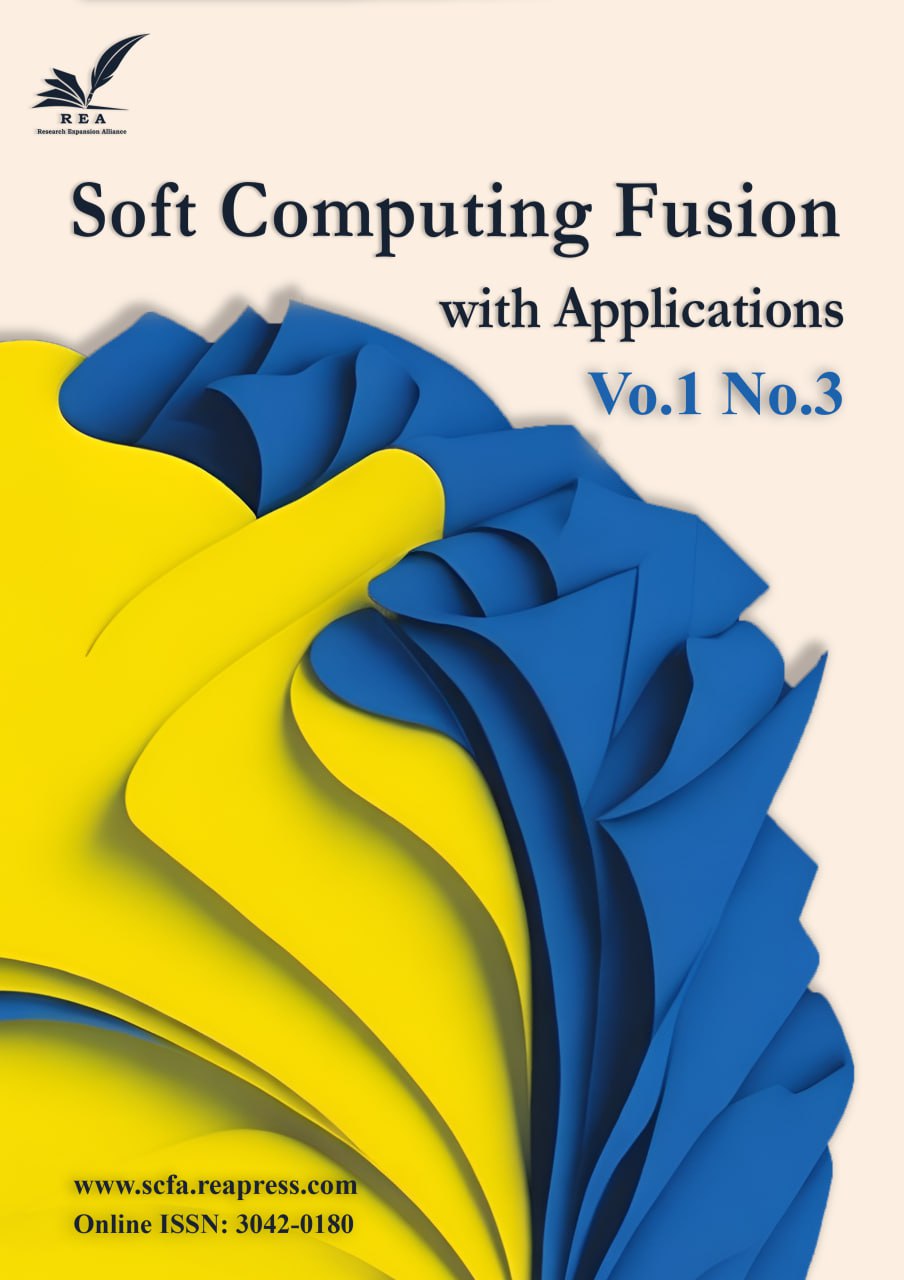Seamless Connectivity: Leveraging IoT for Autonomous Vehicle Networks in Smart Cities
Abstract
Integrating Autonomous Vehicles (AVs) with the Internet of Things (IoT) revolutionizes urban transportation in smart cities. This paper investigates how IoT contributes to the networking of AVs and improves transportation efficiency, safety, and sustainability. By utilizing Vehicle-to-everything (V2X) communication, IoT facilitates immediate data sharing among vehicles, infrastructure, and pedestrians, fostering adaptive traffic management and enhanced urban planning. The key elements discussed include sensor integration, data analytics, and communication protocols that power these networks. Case studies from various smart cities showcase effective implementations of IoT-enabled AV networks, emphasizing advantages such as decreased congestion, heightened safety, and reduced emissions. However, despite these advances, issues such as cybersecurity, interoperability, and scalability remain, requiring ongoing research and development. This study highlights the importance of tackling these challenges to fully realize the potential of IoT in the networking of AVs. Ultimately, our findings stress the vital importance of IoT in transforming urban mobility, leading to smarter, more interconnected cities that focus on efficiency and sustainability.
Keywords:
Autonomous vehicles, Internet of things, Smart cities, Vehicle-to-everything communication, Urban mobilityReferences
- [1] Al-Turjman, F., & Lemayian, J. P. (2020). Intelligence, security, and vehicular sensor networks in internet of things (IoT)-enabled smart-cities: An overview. Computers & electrical engineering, 87, 106776. https://doi.org/10.1016/j.compeleceng.2020.106776
- [2] Hegarty, C. J. (2017). The global positioning system (GPS). In Springer handbook of global navigation satellite systems (pp. 197–218). Cham: Springer, Cham. https://doi.org/10.1007/978-3-319-42928-1_7
- [3] Baby Shalini, V. (2022). Global positioning system (GPS) and internet of things (IoT) based vehicle tracking system. Inventive computation and information technologies (pp. 481–492). Singapore: Springer, Singapore. https://doi.org/10.1007/978-981-16-6723-7_36
- [4] Wilde, E. (1999). Hypertext transfer protocol (HTTP). In World wide web: Technische grundlagen (pp. 53–149). Berlin, Heidelberg: Springer, Berlin, Heidelberg. https://doi.org/10.1007/978-3-642-59944-6_4
- [5] Young, S., & Aitel, D. (2003). Simple mail transfer protocol (SMTP). In The hacker’s handbook (pp. 411–462). Auerbach Publications. https://doi.org/10.1201/9780203490044
- [6] Wright, L. (2000). Wireless application protocol (WAP). Interactive marketing, 2(2), 148–157. https://doi.org/10.1057/palgrave.im.4340083
- [7] Novack, D. (2008). Next generation telematics protocol. 15th world congress on intelligent transport systems and its America’s 2008 annual meetingits americaerticoits japantranscore. TRB. https://trid.trb.org/View/904260
- [8] Varghese, B., & Buyya, R. (2018). Next generation cloud computing: New trends and research directions. Future generation computer systems, 79, 849–861. https://doi.org/10.1016/j.future.2017.09.020
- [9] Roberts, C. M. (2006). Radio frequency identification (RFID). Computers & security, 25(1), 18–26. https://doi.org/10.1016/j.cose.2005.12.003
- [10] Parida, B. R., Rath, A. K., & Mohapatra, H. (2022). Binary self-adaptive salp swarm optimization-based dynamic load balancing in cloud computing. International journal of information technology and web engineering (IJITWE), 17(1), 1-25. https://doi.org/ 10.4018/IJITWE.295964
- [11] Bitam, S., & Mellouk, A. (2012). ITS-cloud: Cloud computing for intelligent transportation system. 2012 IEEE global communications conference (GLOBECOM) (pp. 2054–2059). IEEE. https://doi.org/10.1109/GLOCOM.2012.6503418
- [12] Winston, C. (2013). On the performance of the US transportation system: Caution ahead. Journal of economic literature, 51(3), 773–824. http://dx.doi.org/10.1257/jel.51.3.773
- [13] Rath, M. (2018). Smart traffic management system for traffic control using automated mechanical and electronic devices. Institute of physics conference series: Materials science and engineering (pp. 12201). Institute of physics publishing. https://dx.doi.org/ 10.1088/1757-899X/377/1/012201
- [14] Mohapatra, H., Rath, A. K., & Panda, N. (2022). IoT infrastructure for the accident avoidance: An approach of smart transportation. International Journal of Information Technology, 14(2), 761-768. https://doi.org/10.1007/s41870-022-00872-6
- [15] Xu, Y. (2023). Routing strategies and protocols for efficient data transmission in the internet of vehicles: A comprehensive review. International journal of advanced computer science and applications, 14(9), 955–965. https://doi.org/10.14569/IJACSA.2023.01409100
- [16] Cunha, B., Brito, C., Araújo, G., Sousa, R., Soares, A., & Silva, F. A. (2021). Smart traffic control in vehicle ad-hoc networks: A systematic literature review. International journal of wireless information networks, 28(3), 362–384. https://doi.org/10.1007/s10776-021-00517-8
- [17] LA, V. (2014). Security attacks and solutions in vehicular ad hoc networks: A survey. International journal on adhoc networking systems (IJANS), 4, 1–20. http://dx.doi.org/10.5121/ijans.2014.4201
- [18] Bang, A. O., & Ramteke, P. L. (2013). MANET: History, challenges and applications. International journal of application or innovation in engineering & management (IJAIEM), 2(9), 249–251. https://www.researchgate.net/publication/331653159
- [19] Hasrouny, H., Samhat, A. E., Bassil, C., & Laouiti, A. (2017). VANet security challenges and solutions: A survey. Vehicular communications, 7, 7–20. https://doi.org/10.1016/j.vehcom.2017.01.002
- [20] Raghavendra, C. S., Sivalingam, K. M., & Znati, T. (2006). Wireless sensor networks. Springer. https://doi.org/10.1007/b117506


